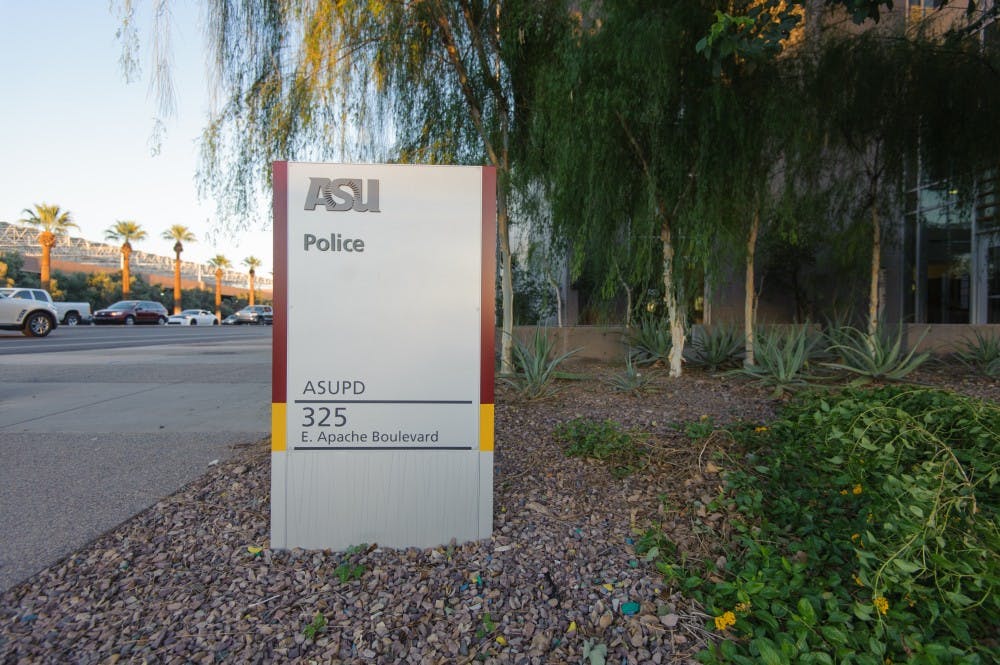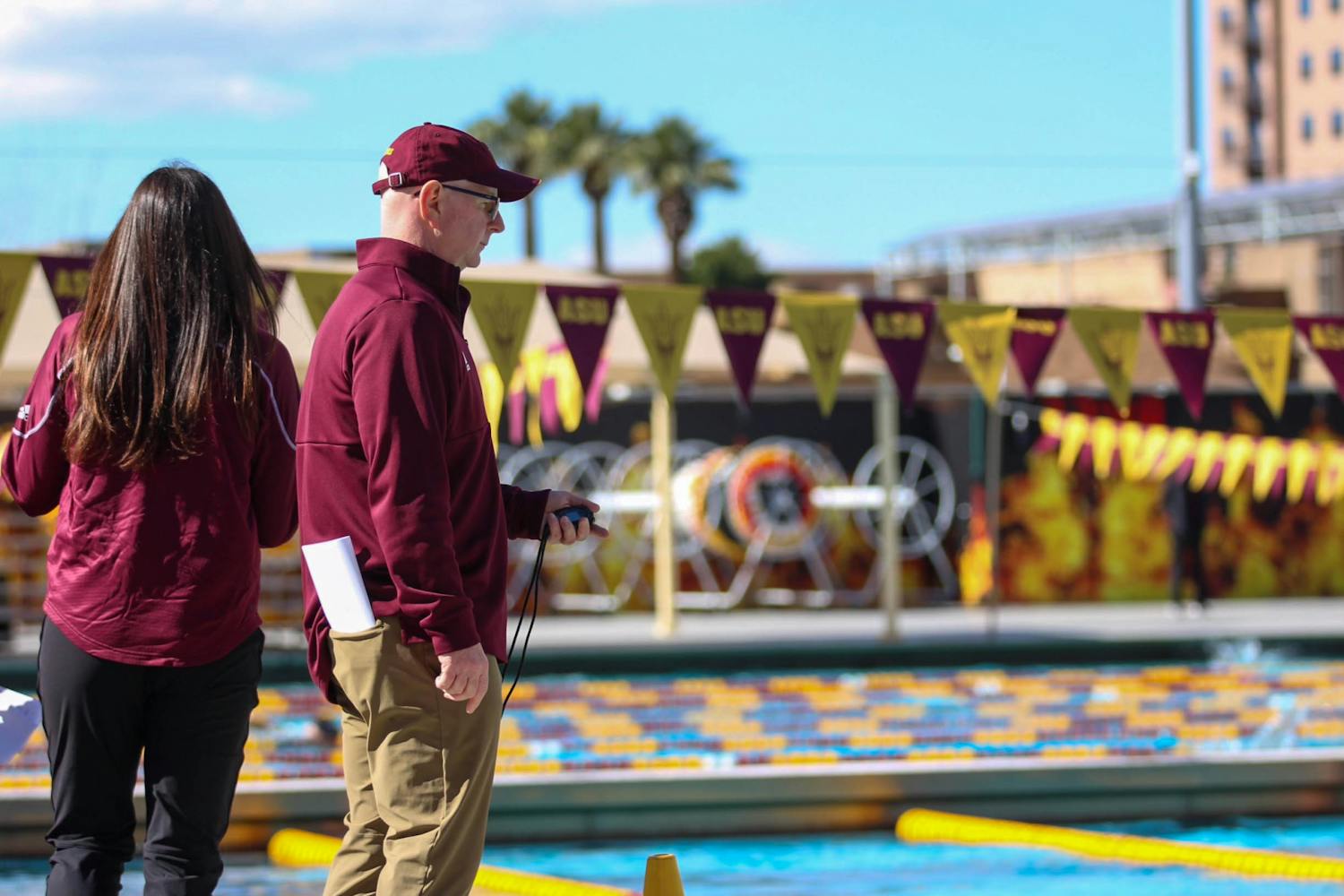It's easy to imagine. It's springtime. Your eyes are red, and you look like death. The cop smells weed and claims you’re high, you ineffectively counter, yada-yada. Surely a test would prove your innocence, right?
Not so fast. Detecting marijuana is quite a bit more difficult than detecting alcohol. For starters, alcohol has the standard field sobriety test, which has been proven to be 91 percent effective. If an officer wanted to confirm the results of the test, he could then employ a breathalyzer, which returns a suspect’s blood alcohol count with a very reasonable range of accuracy. If, for whatever reason, the result is too close to call (a sign that you’re probably in trouble anyway) an officer may deem it necessary to administer a blood test. The results of this test are indubitable, and, for you, they’re either really good or really bad. Long story short, if a policeman reckons that you’re intoxicated, he has every opportunity to confirm his suspicion.
This is not the case with pot. Marijuana doesn’t manifest itself in the standard sobriety test, instead requiring an extensive twelve-step alternative, which must be conducted at a police station. In addition to the basic sobriety procedures, this test includes divided attention psychophysical tests and muscle tone examinations. A drug recognition expert, who has taken a two-week course in identification of different drugs, must administer the test. These officers receive 72 hours of instruction on drug combinations and detection procedures, finally culminating with each officer performing twelve examinations with a 75 percent toxicology corroboration rate. While an average police officer could probably stumble his way through a Romberg test, the examination that these officers administer is the best bet for actually determining whether an individual is under the influence of marijuana at the time of examination.
There really aren’t any alternatives for determining whether a cop has a bona fide stoner. Police have yet to adopt any form of weed breathalyzer, and even blood tests can’t tell whether a person is currently high. At the moment, blood tests can identify whether or not tetrahydrocannabinol is present in the bloodstream, but that holds little correlation to whether or not a person is actually stoned at the time of testing. THC, the main component of marijuana, is fat soluble, which means that it’ll stick around a lot longer than the high that policeman are looking to identify.
So if the best way for police to determine whether or not a suspect is high is with the augmented field sobriety test, and the only people authorized to administer said test are DREs, why is DRE certification not more common?
Nicole Franks, an ASUPD spokesperson, said ASUPD has one DRE certified officer on staff. That means only one person at ASU is authorized to identify whether someone has been smoking even after the hash has gone in the trash.
If ASU intends to get serious about identifying drug use, and it should, more DRE trained officers are needed. It makes a great deal of sense, since a full 13 percent of students admit to using weed. If more ASU police officers underwent DRE training, it wouldn’t just keep people from being wrongly accused. It would also remove the doubts that force officers to send a suspected offender on his merry way. As it is, it’s a pretty big hassle to send every suspect without possession to a lone DRE who can conduct a proper test. And the alternative is even worse: that a half baked exam by a non-certified examiner gets someone in a heap of trouble.
Related Links:
Ex-ASU football player struggles with homelessness after release from team
Reach the columnist at sdeadric@asu.edu.
Editor’s note: The opinions presented in this column are the author’s and do not imply any endorsement from The State Press or its editors.
Want to join the conversation? Send an email to opiniondesk.statepress@gmail.com. Keep letters under 300 words and be sure to include your university affiliation. Anonymity will not be granted.
Like The State Press on Facebook and follow @statepress on Twitter.




